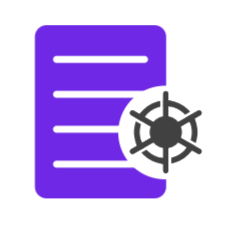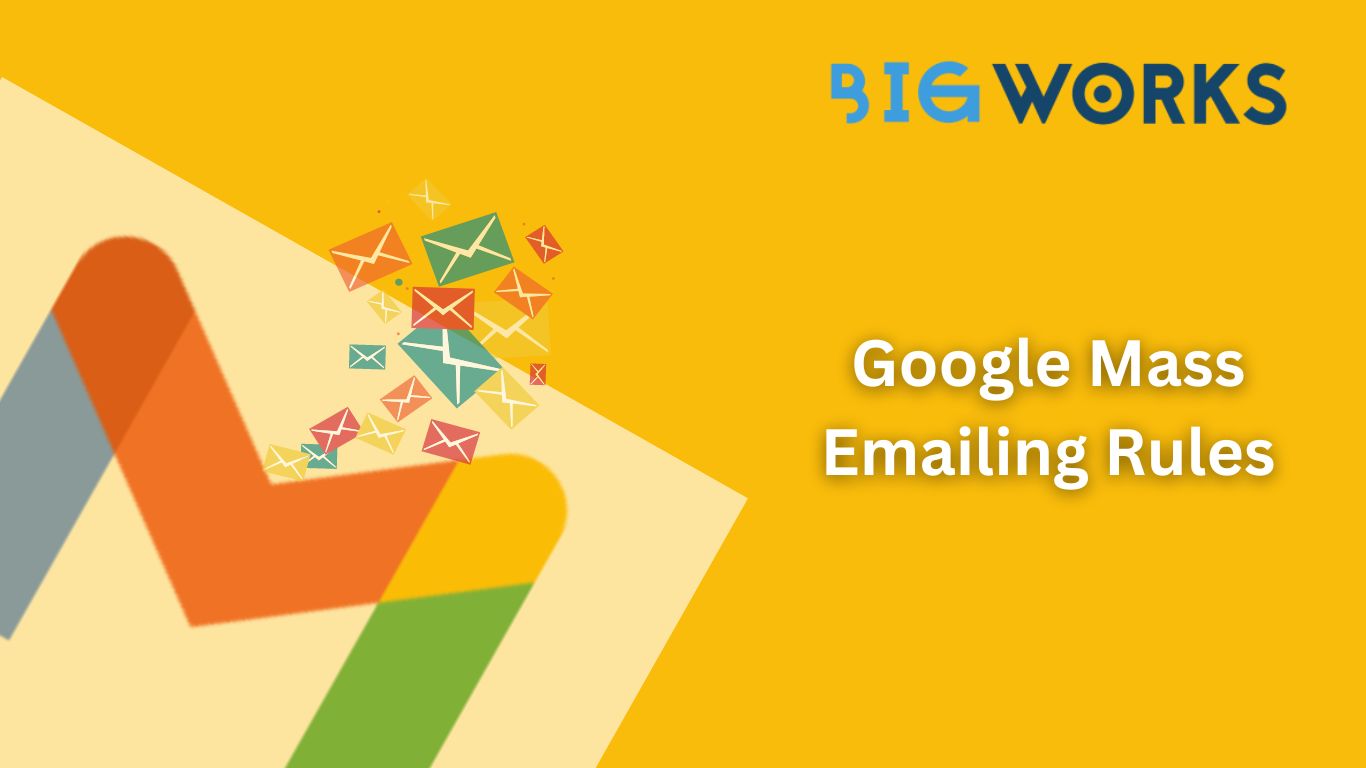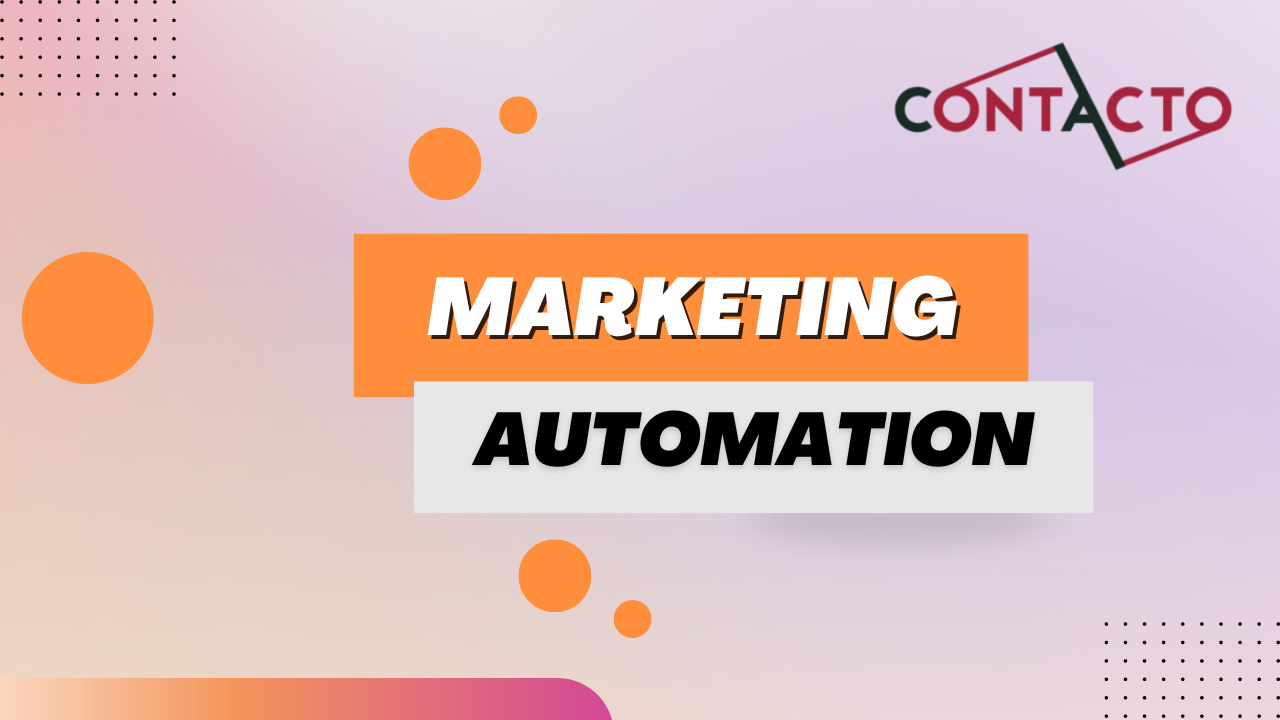According to most customers, email consistently remains one channel with which they resonate and interact. Most people check offers, updates, and transactions via email on their phones. As a result, outbound emails have increased by 15-20% and are proving to still be effective.
With the advent of AI, marketing and its practices are growing to another level. But how can AI help with emails?
AI in email marketing: The what
There are 2 kinds of AI in marketing most widely implemented:
- Predictive: provides insights on older data
- Generative: uses older data to create new and more relevant content for user segments
Both of these approaches are implemented together to automate, optimize and personalize various channels of marketing, especially email. The goal is clear: improved engagement.
AI these days has found its way into each medium, but in emails, AI can help you knock things out of the park. For example, by analyzing customer response and website traffic, AI can predict and tell you the potential conversions.
Additionally, AI can help you understand how much revenue you could generate over a period of time with one customer, by engaging with them over email and personalize their campaign according to their past behaviors.
The how:
- Segment users: once you have the email IDs of potential leads and customers, you can segment them into groups and deliver personalized and targeted content. With AI you can increase your chances to truly hit their pain points. For example, the right content and the right subject line can be created with the help of generative AI.
- Performance: Before even making the campaign live, predictive AI can help you analyse open rates, conversion rates and even the right time to make the campaign live. This way you can rest assured your engagement rate will be higher than ever and your customer will respond to your email.
- A/B testing: You must be familiar with the concept of testing different versions of emails to see which works better, with AI you can create different subject lines and content patterns and see which works better. Testing and analysing campaigns over time can help you come up with the best approaches.
- Customer response: Once the email is sent, you can automate your CRM with AI and enable responses as well as follow-ups which can help convert leads over time. Most emailing platforms these days offer that option. This can help you avoid delays in responding to or addressing customer concerns manually.
Challenges
There are several cons to this approach as well:
- AI-generated content can sometimes be generic or overcomplicated, a certain level of expertise is required in the beginning. Use the right prompts and keep testing your emails to avoid cluttered and bland emails.
- One has to be careful about data privacy, security and consent while sending emails. AI can sometimes leave a grey area around customer consent and also add misleading information.
The when:
Did you know you could handle live chats and email responses through Salesforce? If you’re using the Salesforce Marketing Cloud and relying on manual intervention after every email, you’re missing out! Try Contacto, an app perfect for unlimited mass emailing and perfect for integrating with Salesforce CRM. It’s built on the same platform, so you can rest assured your campaigns go live on time and also set up automated responses which can help you boost customer engagement through the roof!





